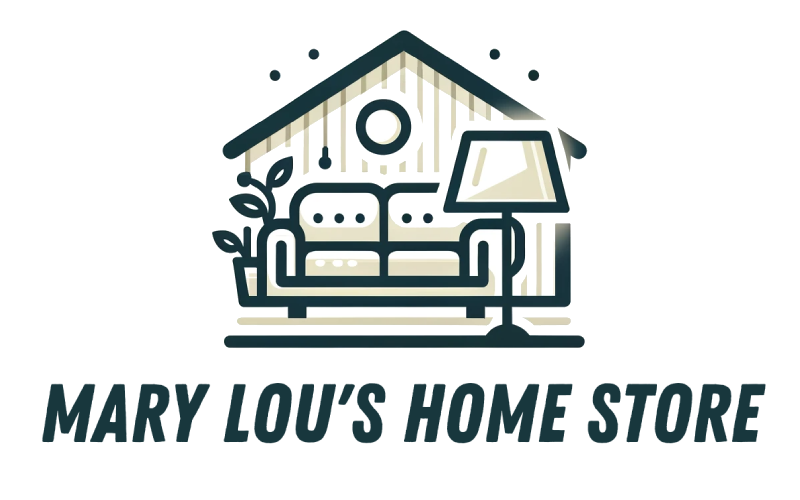The integration of smart home technologies into everyday living spaces has revolutionized the concept of home automation, offering unprecedented levels of convenience and security. These technologies encompass a wide range of devices and systems that can be controlled remotely and programmed to perform various tasks. This article delves into the ways smart home technologies are being incorporated into homes, enhancing not only the convenience of daily life but also providing enhanced security measures.
One of the most significant aspects of smart home technology is the ability to control and automate household systems and appliances. Smart lighting systems, for instance, allow homeowners to control lights remotely via a smartphone app or through voice commands using devices like Amazon Alexa or Google Home. These systems can be programmed to adjust the lighting based on time of day, presence in the room, or even mood settings. Similarly, smart thermostats can learn a homeowner’s schedule and preferences, adjusting the home’s temperature automatically for comfort and energy efficiency.
Home security has been profoundly transformed by smart technology. Smart security systems, including cameras, doorbells, and alarms, offer real-time monitoring and alerts directly to a smartphone or other devices. These systems often include features like motion detection, night vision, and even facial recognition, providing a high level of security and peace of mind. Additionally, smart locks allow for keyless entry and the ability to lock or unlock doors remotely, adding an extra layer of convenience and safety.
Smart home technology also extends to entertainment systems. Smart TVs and speakers can be integrated into a home network, offering streaming services, voice command functionalities, and personalized content recommendations. Multi-room audio systems controlled by a central device make it possible to play music throughout the house, syncing different rooms or playing different tracks in each one.
The potential for energy savings and efficiency is another compelling aspect of smart home technology. Smart appliances, such as refrigerators, washing machines, and dryers, can be operated during off-peak hours to save on energy costs. Smart water sensors can detect leaks, preventing water wastage and potential damage. These energy-efficient practices not only reduce utility bills but also contribute to a more sustainable lifestyle.
The interconnectivity of smart home devices through the Internet of Things (IoT) enhances the overall automation experience. This interconnectivity means that different devices can communicate and work together, creating a cohesive and automated home environment. For instance, a smart alarm clock can signal the coffee maker to start brewing or the smart blinds to open, streamlining morning routines.
In conclusion, smart home technologies are redefining the way we live, bringing together automation, convenience, and security in innovative ways. As these technologies continue to evolve and become more integrated into our daily lives, they offer the potential to transform our homes into more efficient, secure, and comfortable environments. The adoption of smart home technology represents not just a shift in home management but also a step towards a future where our living spaces are more responsive to our needs and preferences.

